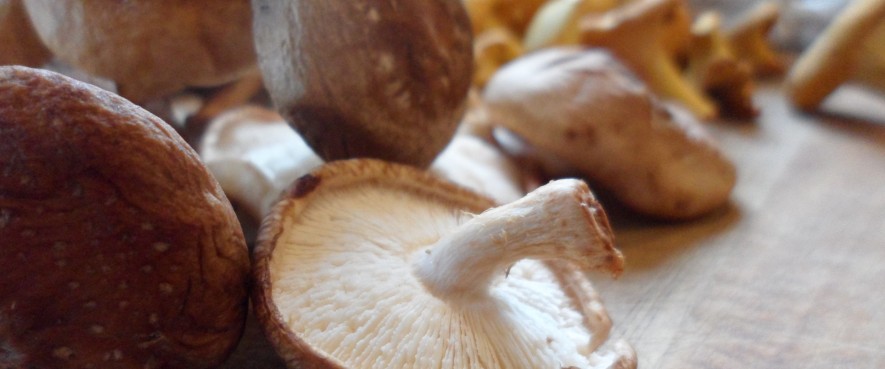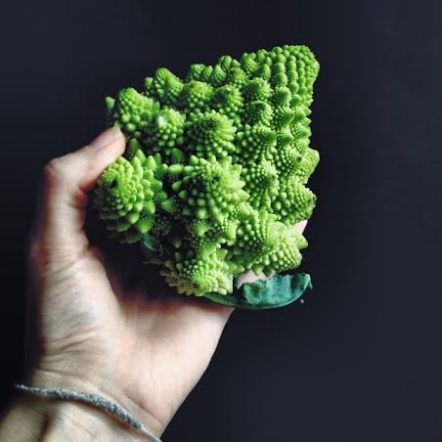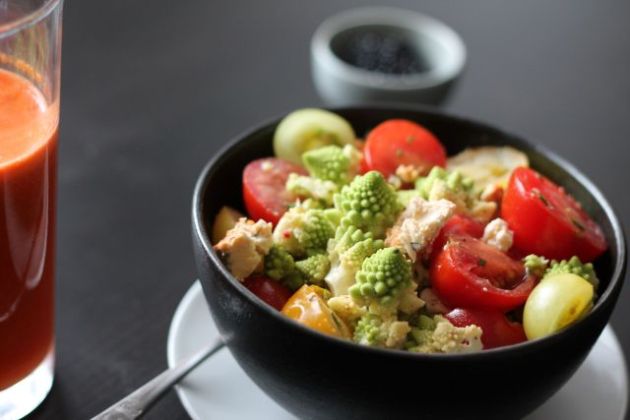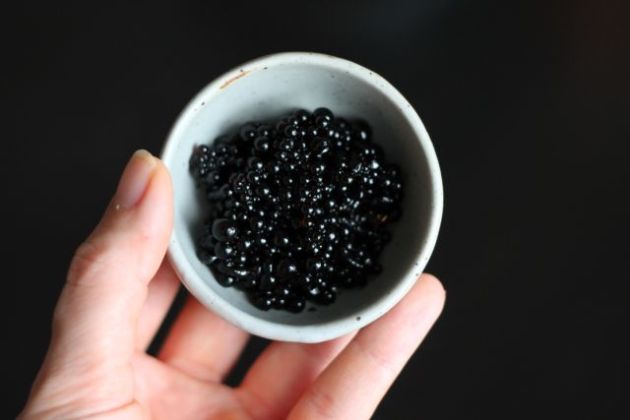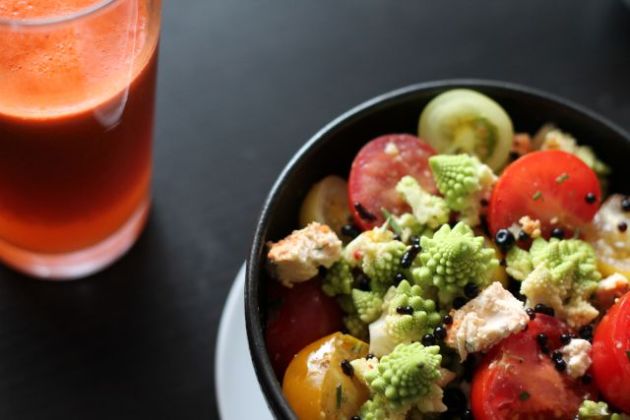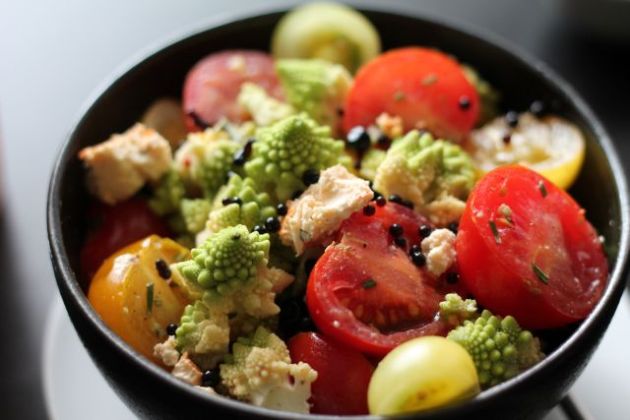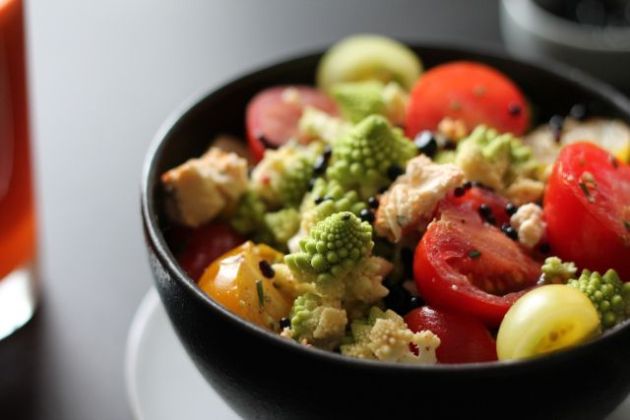Romanesco…
Roma-whaa? Romanesco. Rad, eh? I’m a sucker for treasures of the produce section.. Seriously.
A few years ago I saw a whole pile of these alien looking broccoli-cauliflower-whatever-the-heck’s, just tucked casually between the sprouts and the beans. No biggie, just a friggin’ UFO hybrid. I didn’t buy one, I just tucked my basket in a little closer and scooted my butt on by never to see one again. Until this week. There was one left, I went for it.
So what the bleep is it!? It’s a relative of cauliflower, broccoli and cabbage, a dense spirally flower. Tastes more like cauliflower, than broccoli, and breaks apart like it too. It works well sauteed, steamed, and of course – raw.
I love and absolutely can’t get over these beautiful tasty spirals. So stunning to look at, shocking even. I sent a photo of my first romanesco experience to le boyfriend and he gave me the “…” type response. Something along the lines of “What the……” – Perfect. It’s perfect! We had the exact same response, years apart. What better way to get creative with food, than to add in something that is so unusual?!
Let’s add to the unusual. Balsamic beads. Pearls. Balls. Whatever you want to call them. It’s called molecular gastronomy. Science+Food. I had the absolute pleasure of assisting Chef Pierre Lamielle in a molecular gastronomy class a few weeks back, a class I had been suuuper pumped about. I put my name into the bid for which classes I would get to volunteer for, choosing 18 total. The only one I really, really had to make sure I somehow got to – was the molecular class. Ding ding! What fun it was! He talked a bit about the different components used in molecular gastronomy, different ingredients to make foams and spheres. He mentioned his favorite to work with is agar, which was thrilling for me – as I am familiar with agar agar and being that it is a seaweed product, am happy to use it in my own kitchen.
Molecular kits can be purchased online, and sometimes in specialty kitchen stores; agar agar can be found powdered or flaked in some health food stores and in most Asian markets. So if making “caviar” out of vinegar, fruit juices or whatever liquid you fancy is the goal – simple agar powder is the way to go. Since the molecular class, I have been using Chef Pierre Lamielle’s instructions for making balsamic “caviar” but have altered the measurements a tad seeing as I do not own a molecular kit.
Tomato & Romanesco Salad with Balsamic Beads
1 Handful of Yellow Grape Tomatoes
1 Handful of Red Grape Tomatoes
1 Small Head of Romanesco
2-3 Tbsp Chia Oil (flax oil, or good quality oil of choice)
1 Tbsp Fresh Chive – sliced thin
1/4 Cup Shredded Basil
6-7 Chunks of Chevre (omit for vegan option)
Salt & Fresh Ground Pepper
1/3 Cup Balsamic Vinegar
1-1.5 Tsp Agar Powder
3 Cups Cheap Olive Oil
Syringe
Slice the tomatoes in half, and pull apart the romanesco – leaving it chunky. Toss the tomatoes, romanesco, chia oil, sliced chives and shredded basil in a large glass bowl. Sprinkle with salt and as much fresh pepper as desired. Toss the salad, then add the chunks of chevre. Allow this to sit out while making the balsamic beads. Fill a large pint glass or jar with the olive oil and pop it in the freezer to chill for about 30-45 minutes. The key is cheap oil, which is usually heat pressed and therefore won’t solidify as quickly in cold temperatures. In a small pot combine the agar and the balsamic vinegar, bring it to a simmer – stirring to dissolve the powder. Once dissolved, transfer to a bowl or cup and set aside. Take the chilled olive oil from the freezer, pull the balsamic liquid up into a syringe and drip it one drop at a time into the oil. The beads will fall to the bottom of the jar, forming as they chill. Stir gently to unstick if necessary. Drain the oil from the glass into another container and sprinkle as many of the balsamic beads as desired over the salad.
Voila!
